
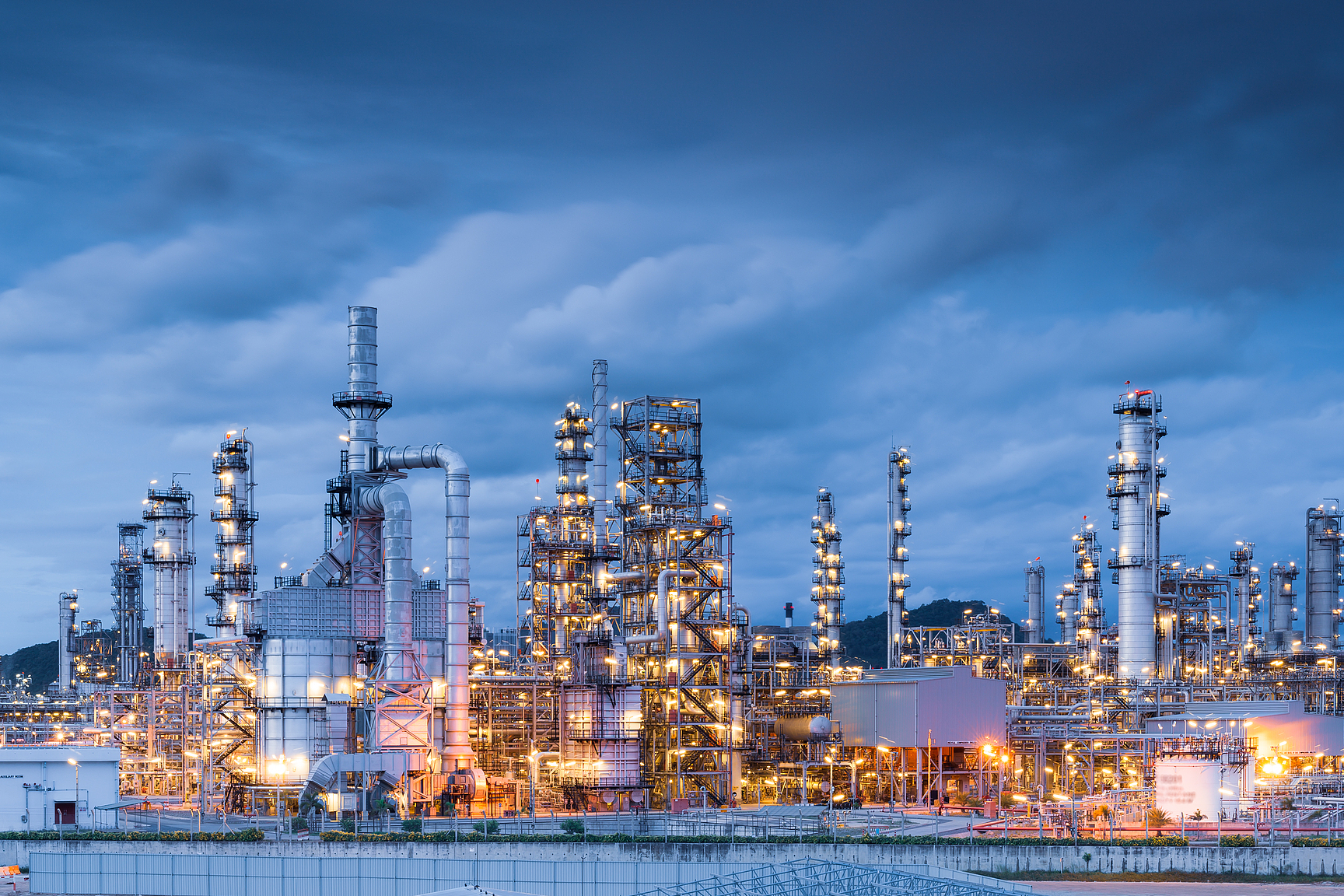

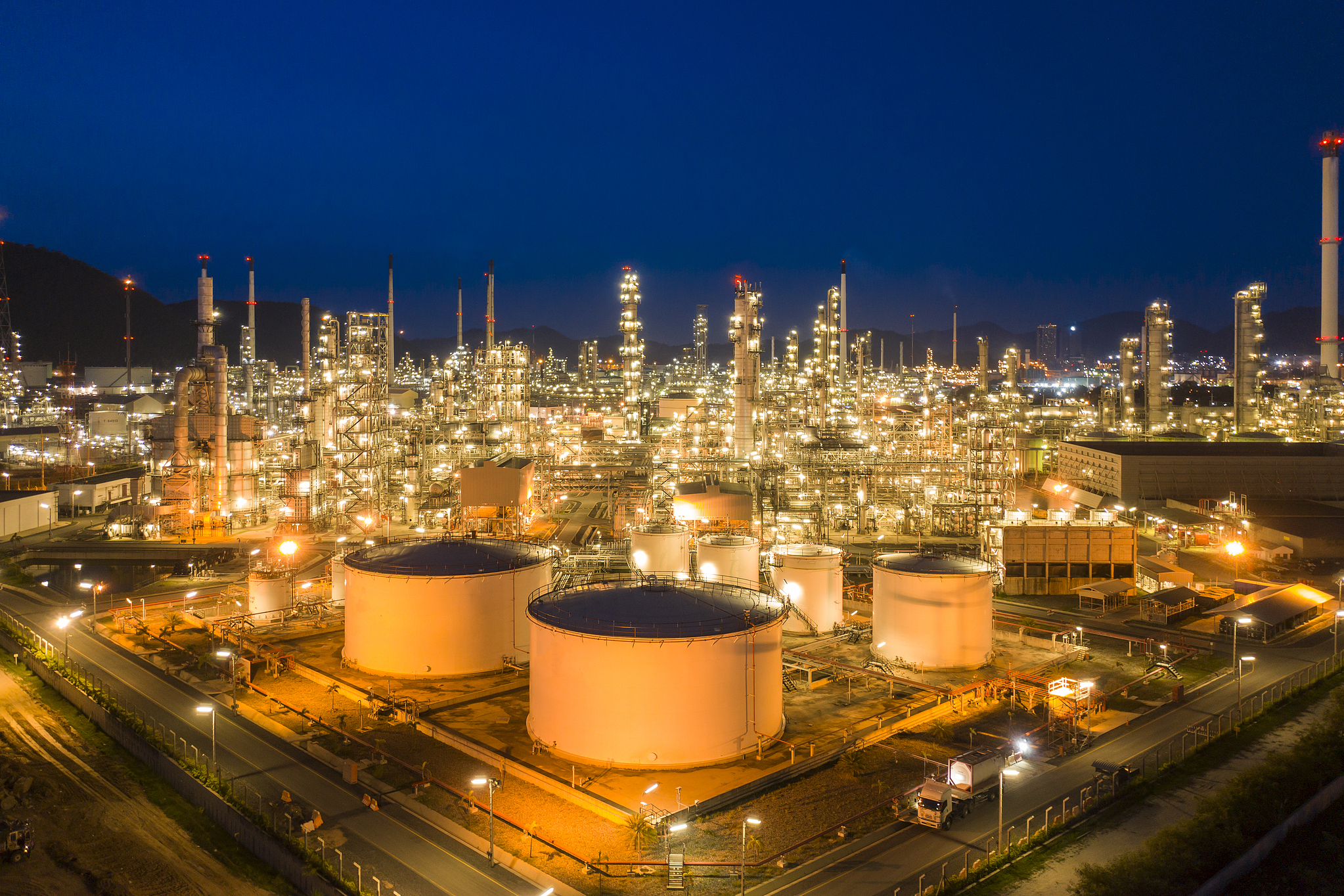


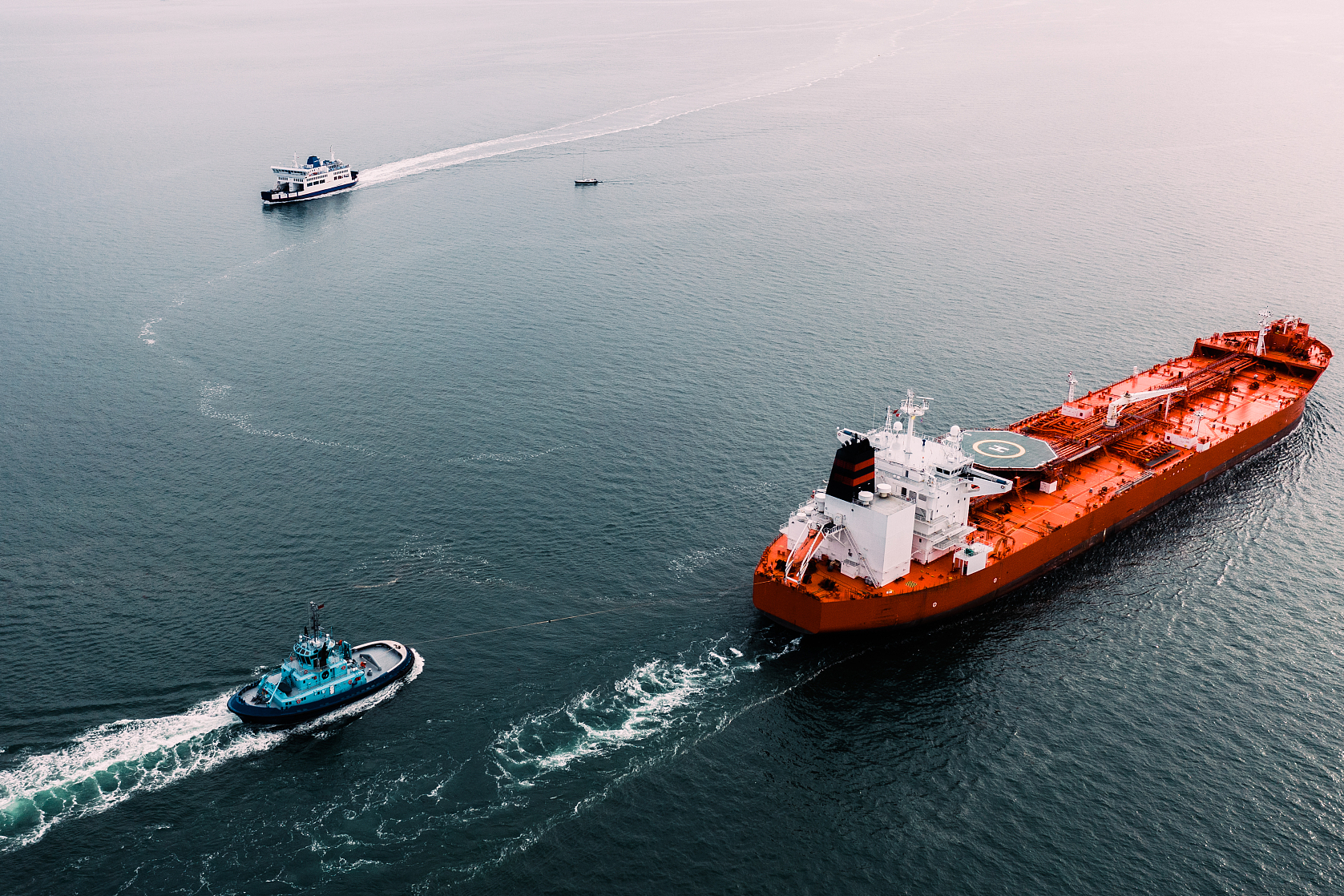

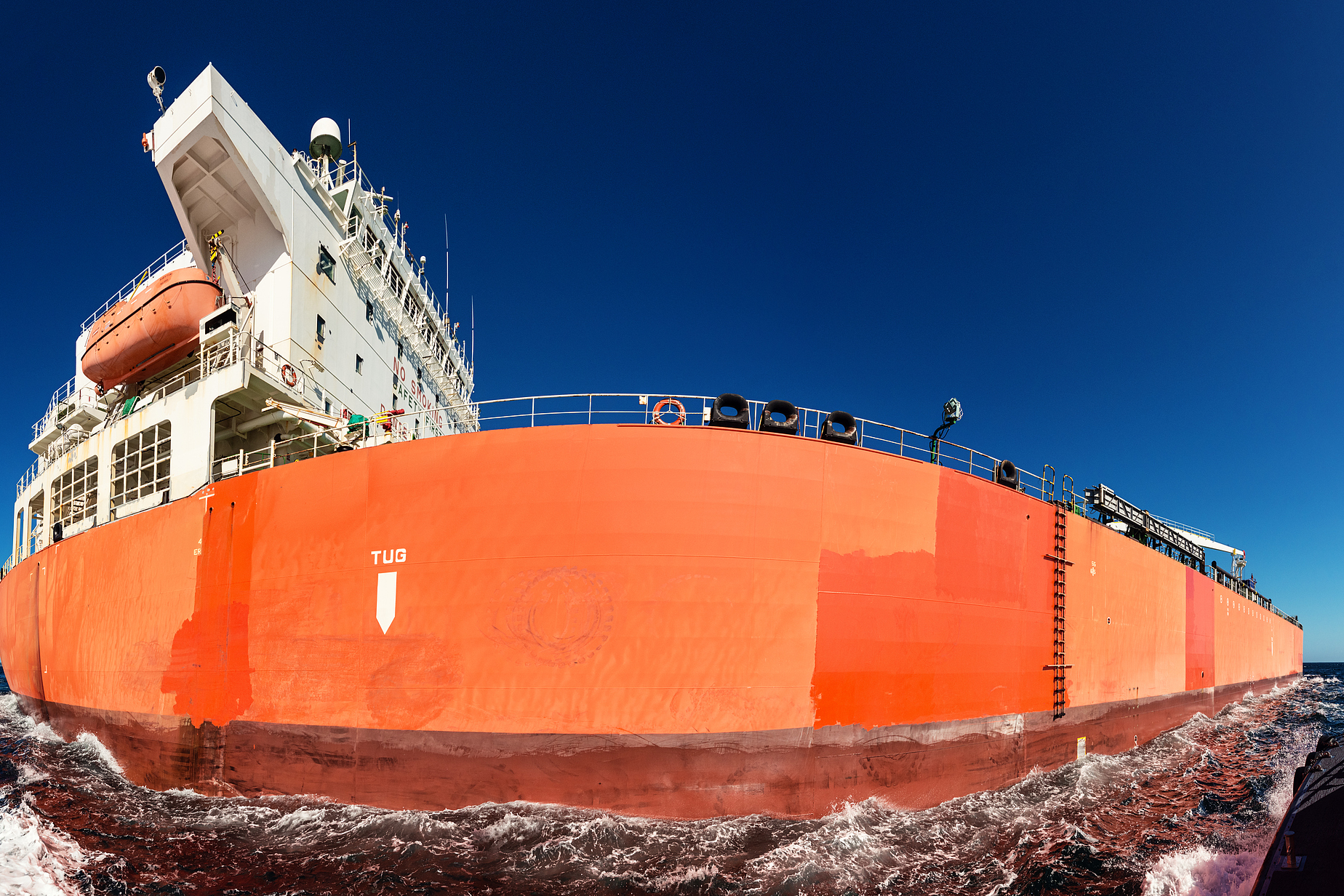
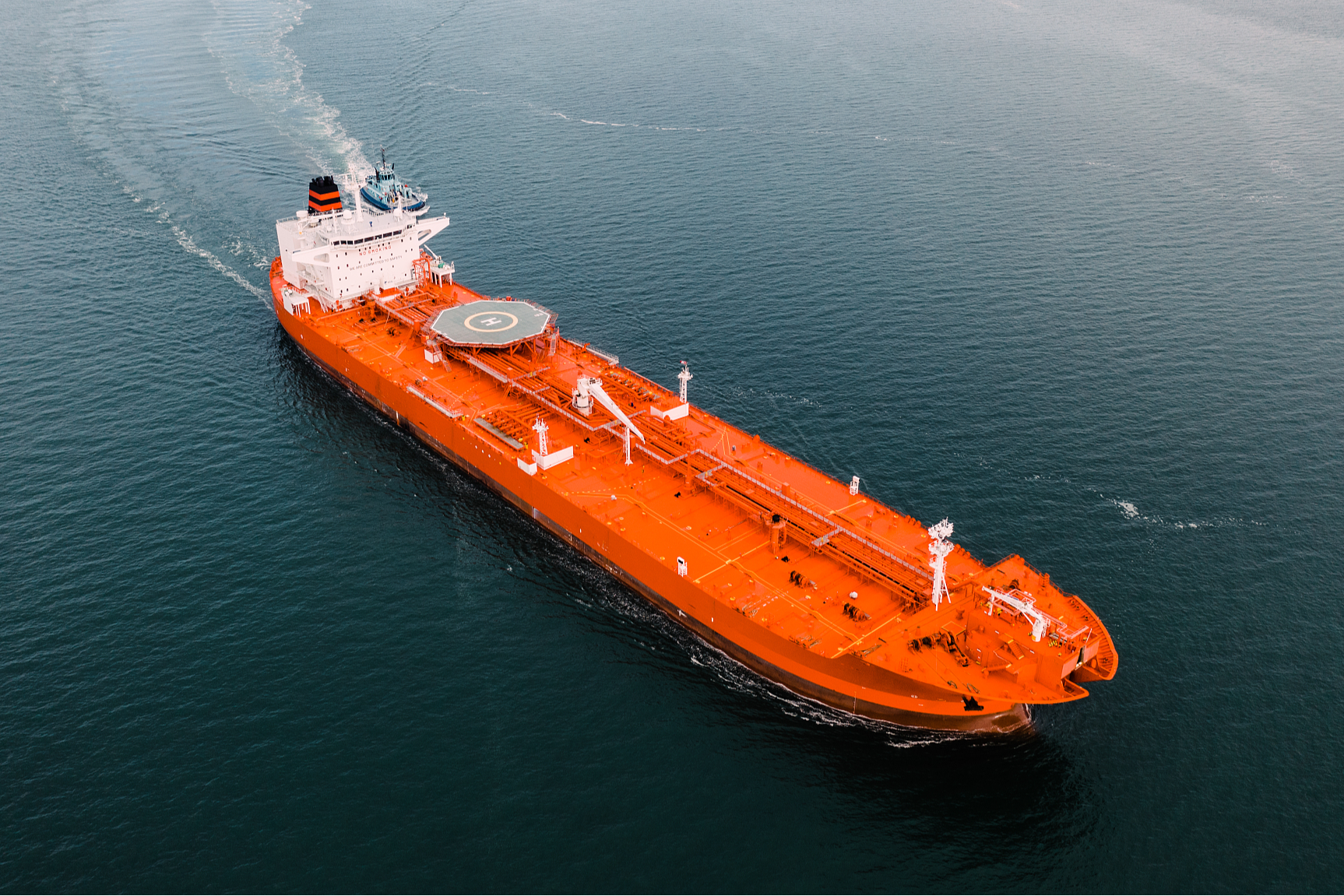
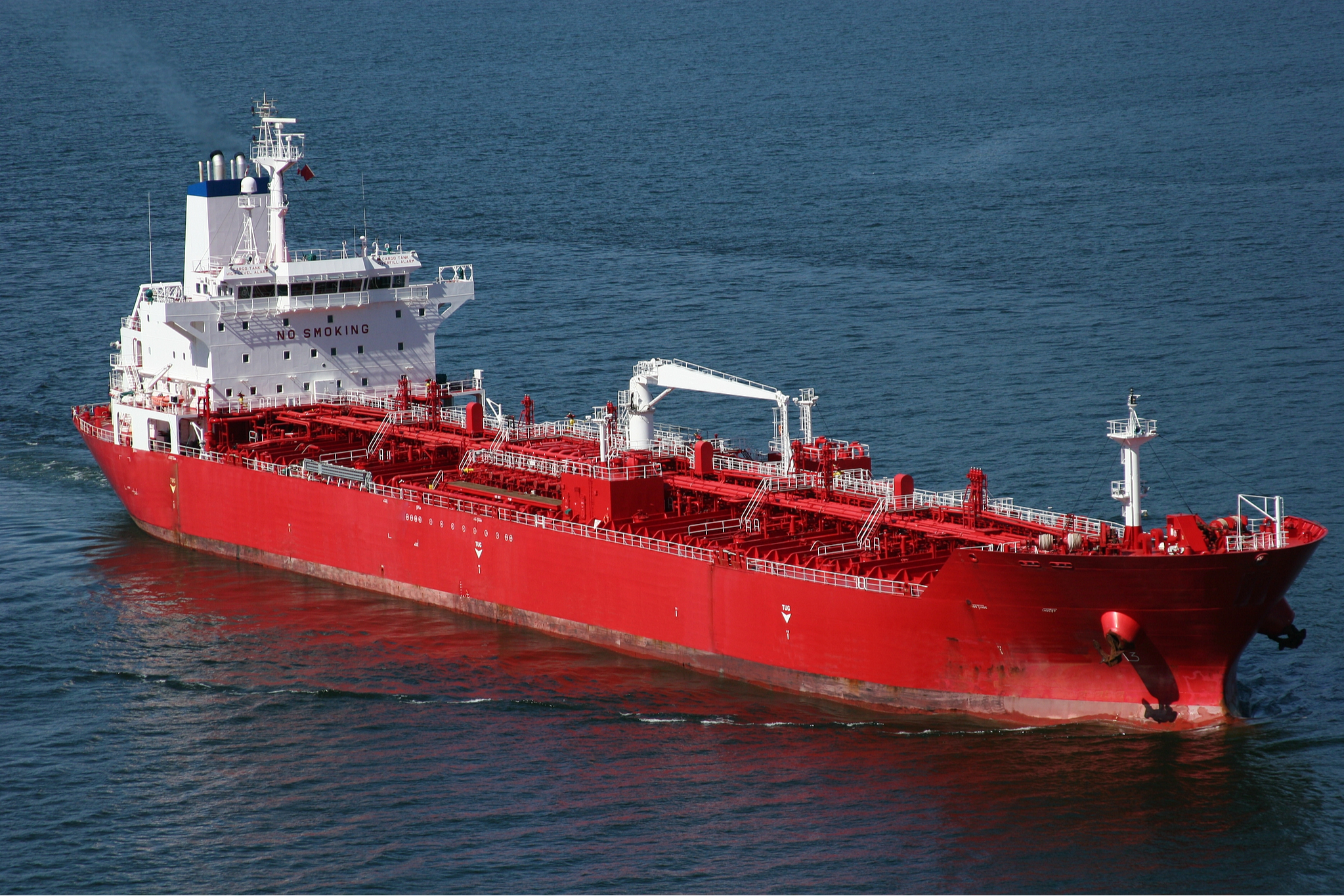
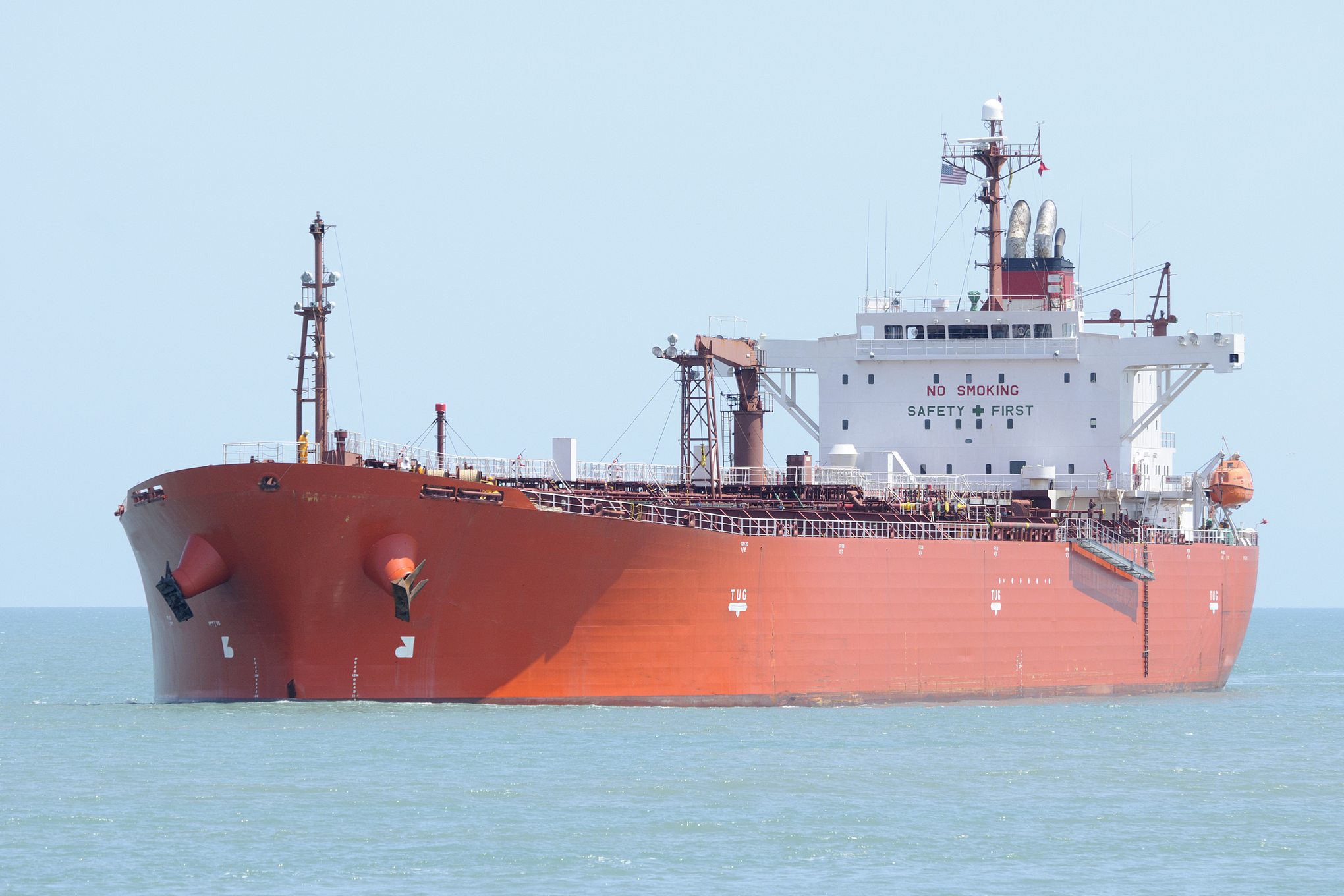
In the realm of polymer chemistry and industrial applications, methyl methacrylate has emerged as a groundbreaking compound that fundamentally transforms the properties of acrylic sheets. This versatile monomer serves as the building block for polymethyl methacrylate (PMMA), commonly known as acrylic glass, creating materials that combine durability with exceptional optical clarity. The incorporation of methyl methacrylate in acrylic sheet production has revolutionized industries ranging from construction to automotive manufacturing, offering solutions that traditional materials simply cannot match.
The significance of methyl methacrylate extends beyond its chemical composition – it represents a breakthrough in material science that continues to shape our modern world. From sleek architectural installations to precise medical devices, the advantages offered by this compound have made it indispensable in countless applications. Understanding these benefits is crucial for professionals across various sectors who seek to optimize their material choices and enhance product performance.
The most striking advantage of methyl methacrylate in acrylic sheets is its exceptional optical properties. When polymerized, it creates sheets with up to 93% light transmission capability, surpassing even glass in clarity. This outstanding transparency makes it ideal for applications where visual clarity is paramount, such as display cases, aquariums, and architectural glazing.
Moreover, methyl methacrylate-based acrylics maintain their clarity over extended periods, resisting yellowing and degradation that often affect other transparent polymers. This long-term stability ensures that products maintain their aesthetic appeal and functional performance throughout their intended lifespan.
Acrylic sheets produced with methyl methacrylate exhibit remarkable mechanical properties. The material offers superior impact resistance compared to glass, while maintaining excellent tensile strength and flexural properties. This combination of strength characteristics makes it suitable for demanding applications where both durability and safety are essential considerations.
The inherent strength of methyl methacrylate-based acrylics also translates to excellent weather resistance. These materials can withstand various environmental conditions without significant degradation, making them suitable for both indoor and outdoor applications.
One of the most significant advantages of methyl methacrylate in acrylic sheet production is its exceptional processability. The material can be easily thermoformed, machined, and fabricated using conventional tools and equipment. This versatility allows manufacturers to create complex shapes and designs that would be difficult or impossible to achieve with other materials.
The ability to heat-form methyl methacrylate-based acrylics without losing optical clarity or mechanical properties opens up countless design possibilities. Manufacturers can create curved displays, custom enclosures, and architectural elements while maintaining the material's essential characteristics.
The polymerization process of methyl methacrylate is highly controllable, allowing manufacturers to produce acrylic sheets with consistent quality and properties. This reliability in production translates to reduced waste and improved cost-effectiveness in manufacturing operations.
Additionally, the material's inherent stability during processing means fewer defects and higher yields in production runs. This efficiency makes methyl methacrylate-based acrylics an economically viable choice for both large-scale production and specialized applications.
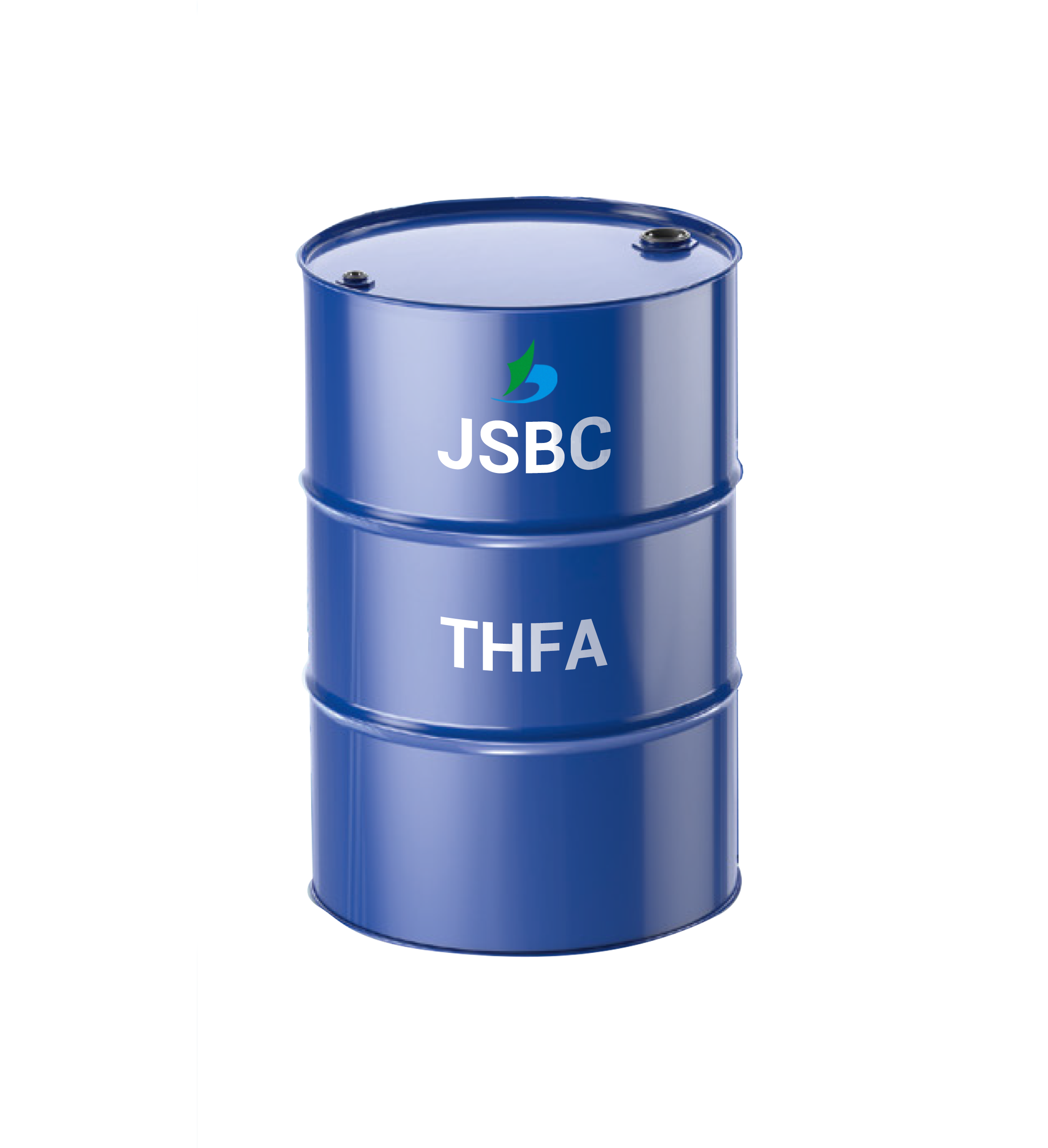
In an era of increasing environmental awareness, methyl methacrylate offers several sustainability advantages. The material is 100% recyclable, allowing for closed-loop manufacturing processes that reduce waste and environmental impact. When properly recycled, acrylic sheets can be broken down into their constituent components and reformed into new products without significant loss of properties.
The long service life of methyl methacrylate-based acrylics also contributes to their environmental profile. The durability and resistance to degradation mean less frequent replacement and reduced material consumption over time.
From a safety perspective, acrylic sheets made with methyl methacrylate offer several advantages. When subjected to extreme force, they break into larger, duller pieces rather than sharp shards, reducing the risk of injury. This characteristic makes them particularly suitable for applications where safety is a primary concern, such as protective barriers and architectural glazing.
Furthermore, these materials meet strict safety standards for various applications, including food contact and medical devices. The ability to sterilize and maintain cleanliness makes them ideal for hygiene-sensitive environments.
Methyl methacrylate significantly extends the functional lifespan of acrylic sheets by providing excellent UV resistance and preventing yellowing. When properly maintained, these sheets can maintain their optical and mechanical properties for decades, making them a cost-effective long-term investment.
While methyl methacrylate-based acrylics perform well in a wide range of temperatures, they have specific operating limits. They typically maintain their properties between -40°C and 85°C, though exact ranges depend on the specific formulation and application requirements.
The unique molecular structure of methyl methacrylate creates acrylic sheets with superior optical clarity, better weather resistance, and higher impact strength compared to many other transparent plastics. These properties, combined with excellent processability and durability, make them the preferred choice for many high-performance applications.
 Hot News
Hot News2025-07-25
2025-06-16
2025-04-07
2025-04-07
2025-04-07
2025-12-03

